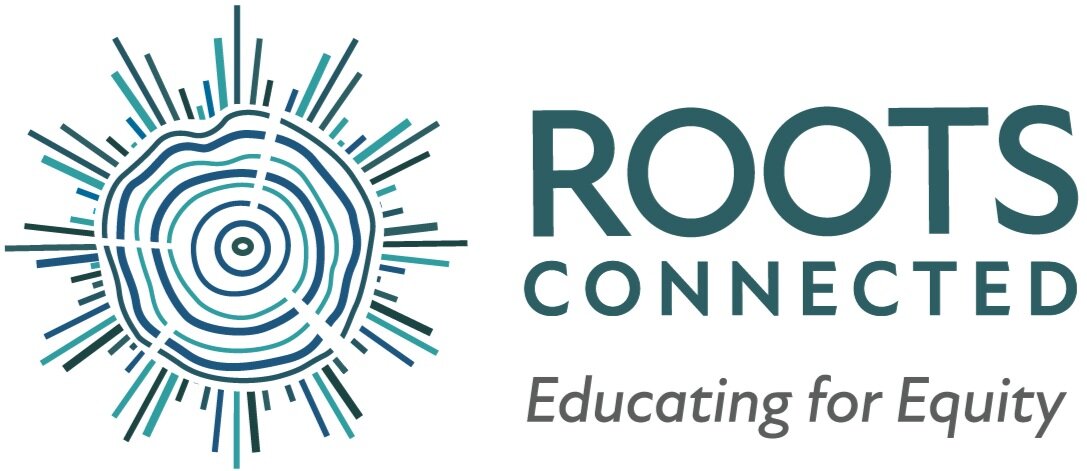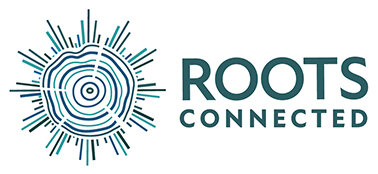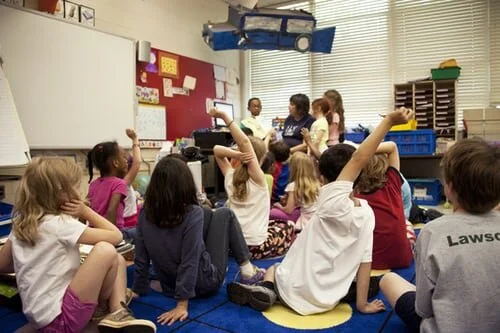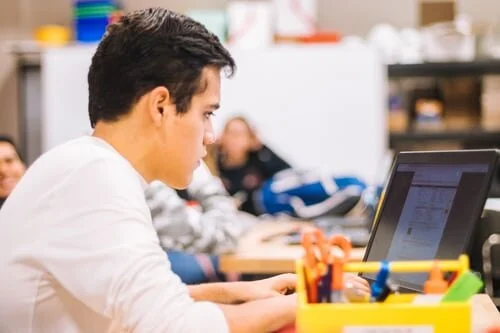Discussing Current Events: Part of Regular Classroom Practice
Contributors: Brandi Forte and Jayne Sohn
“It is hard to be a responsive educator when the world is changing so quickly!” It’s true, it can be. So our classrooms have to be set up in a way that allows for responsive conversations about the world around us. Creating space for current event discussions can be a powerful way to do this. If integrating current events is part of a teacher’s regular practice, they will already have the time, structures, and norms in place to have urgent and critical discussions. Teachers, knowing the developmental appropriateness of students they teach, should, of course, always consider what language makes sense to use, and what images work best for the grades they teach.
How do we set up current event conversations in a way that fosters deep engagement and allows students to both access the information and process it?
Revisit Norms: The norms developed with students in the classroom for engaging in discussion, are important to revisit and reinforce before moving ahead, to ensure that all voices are heard and that brave spaces are created and maintained.
What do they know? It is important to start with understanding what children already know about the topic at hand. Both open ended and closed questions will allow teachers to gauge the level of understanding and exposure students have to the content and can inform how to move forward.
What questions do they have? Then take some time to ask students what they are wondering about. Chances are, if they know some information about the issue, there is a lot they are still thinking and wanting to know more about. This can support teachers in knowing what their students are curious about and how to best support them in finding the answers they need. This is an opportunity to teach into and talk about reliable sources and to honor what they already know. It will also allow space for clarifying any erroneous information that may be spreading about the topic, building a more complete understanding together.
How do they feel about it? It is important to give students the opportunity to share their feelings about what is happening in the world. If the current event is connected to their identities and lived experiences, they may need additional supports that teachers should be prepared for. Whether students have a connection to the current event or not, modeling how to honor or address different feelings and perspectives is important to creating brave spaces.
What do they need to know? Once teachers have accessed prior knowledge and made space for initial reactions, it is important to identify what students need to know (context) in order to have a meaningful conversation. Whether it be historical connections that need to be explored or considering the multiple perspectives of those who have been impacted, contextualizing an event and including marginal voices supports the deeper learning we want our students to experience. This practice sets up students to have a more informed and meaningful discussion.
Holding Students Accountable to Norms: During the conversation, it is important to hold the students accountable to the classroom norms. This allows for a brave space to be maintained during the discussion. Afterwards, making time to reflect as a group on ways in which the group was successful in using the norms and areas in which they need to grow, is an important practice.
Making current events a regular part of classroom spaces helps our students better understand their community and the world. It can create entry points for more representation, counter narratives and joy.




